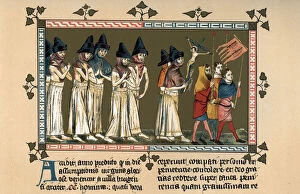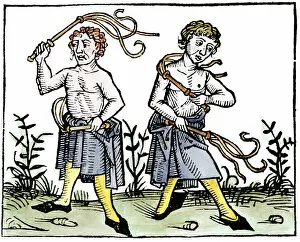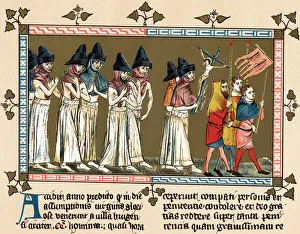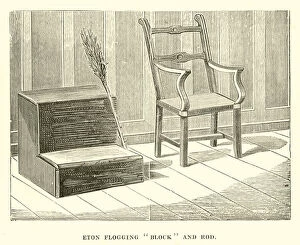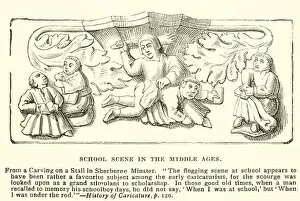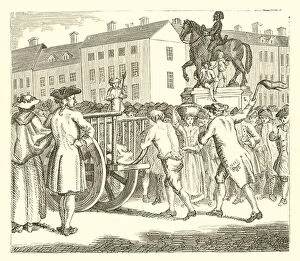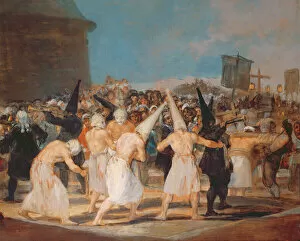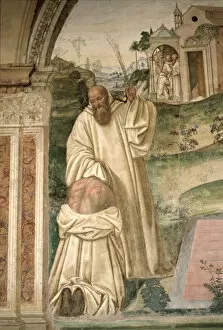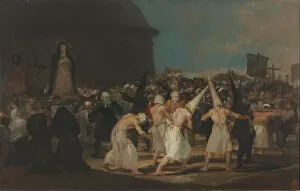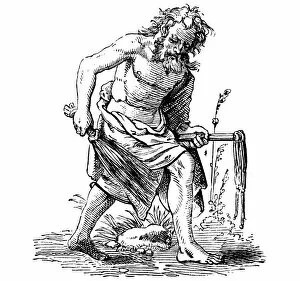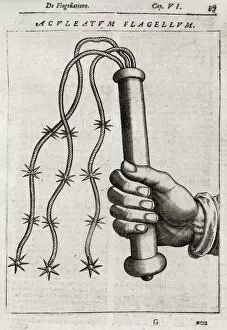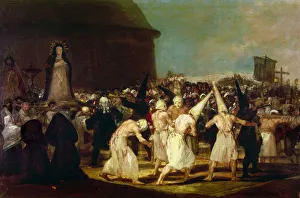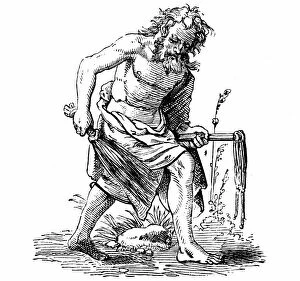Flagellant Collection
Flagellants were a religious movement that emerged in the 14th century, with notable occurrences such as the Flagellants in the Netherlands town of Tournai in 1349
All Professionally Made to Order for Quick Shipping
Flagellants were a religious movement that emerged in the 14th century, with notable occurrences such as the Flagellants in the Netherlands town of Tournai in 1349. These devout individuals believed that self-inflicted pain and suffering would cleanse them of sin and bring about divine intervention. The practice involved whipping oneself or others as a form of penance. One can imagine the scenes during this time, captured vividly in historical records like the Chronicle of Aegidius Li Muisis. Engravings depict old carved whipping blocks preserved in St Martins Church crypt, serving as a chilling reminder of these extreme acts of devotion. Whipping implements were used to carry out these flagellation rituals, including rods and blocks like those seen at Eton College where flogging was administered for disciplinary purposes. School scenes from the Middle Ages show how corporal punishment was an accepted method to maintain order and instill discipline. Public whippings were not uncommon either; London's Sessions House Yard witnessed many such spectacles. Engravings portray public figures enduring this humiliating form of punishment, such as Titus Oates being scourged from Newgate to Tyburn or Stroud, a notorious cheat whipped at Cart's-Tail from Charing Cross to Whitehall. The belief that devils could possess individuals and compel them to whip themselves is illustrated by Abbe Boileau's engraving depicting demonic influence on flagellants. Even Jewish communities practiced their own forms of discipline, evident through engravings showcasing their methods. Flagellantism may seem alien today but serves as a reminder of medieval society's complex relationship with religion and physical mortification. It reflects an era when people sought spiritual redemption through extreme acts while also highlighting societal attitudes towards punishment and control.



